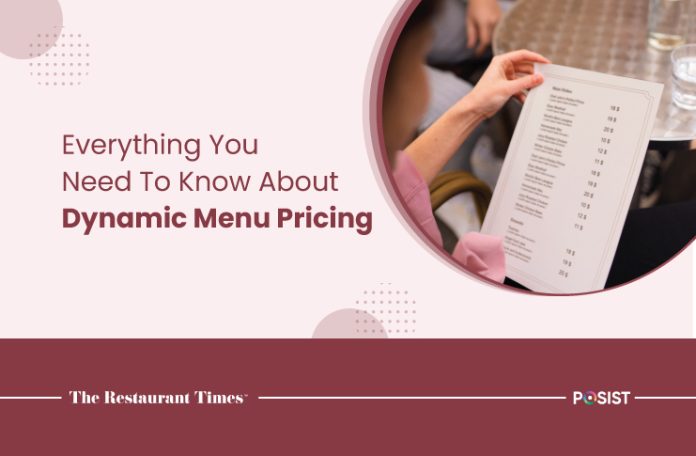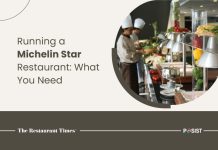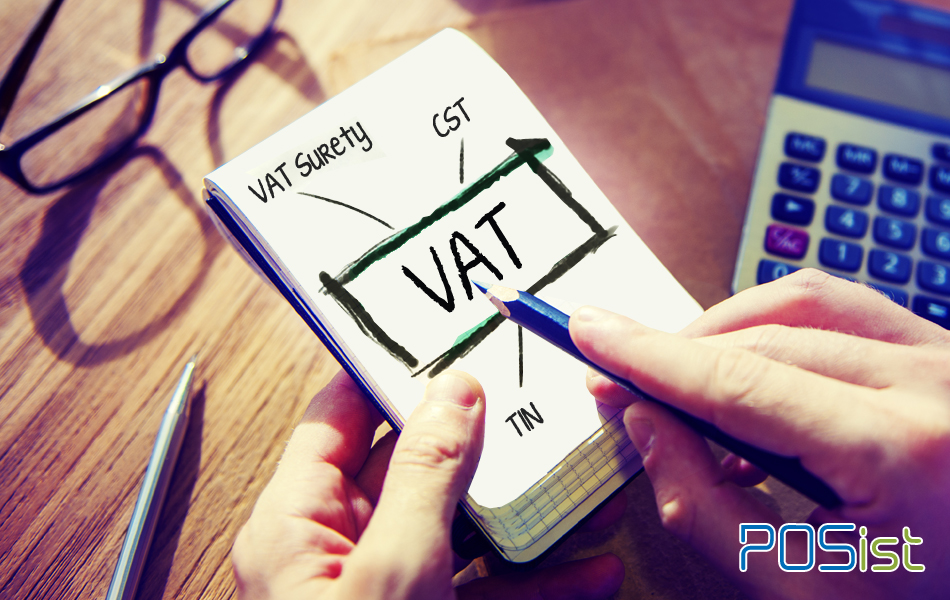Menu pricing is one of the most underestimated aspects of restaurant management. If your customers don’t think the prices on your menu are reasonable, how great your concept or your food is won’t matter much. Therefore, restaurants must keep the menu at the heart of all restaurant operations and business plans.
Furthermore, while it is natural to want your prices to be on the higher end, being overly aggressive with your pricing structure can drive customers away. Whereas being too meek can cost you valuable profits.
This is where the concept of dynamic pricing comes in to help restaurants! By employing a dynamic pricing strategy, restaurants can easily adjust the costs of their dishes according to the ongoing market conditions.
Keep reading as we discuss dynamic menu pricing, its advantages, how it works, whether you should consider it for your restaurant, and how to implement it. We also mention some restaurants successfully executing the strategy to maximize profits!
What Is Dynamic Menu Pricing?
Dynamic pricing, also known as real-time pricing, is a strategy where a product or service’s price fluctuates based on market demand, which means that when market prices alter, so does the product price. It is one of the most effective strategies for increasing market share, as it adjusts prices based on the customer’s willingness to purchase the product.
This pricing strategy is fundamental in sectors where demand fluctuates frequently and affects product availability and prices, such as hotels, restaurants, and travel agencies.
Fruits and vegetables, for example, are less expensive in the summer than in the late autumn or winter. As a result, restaurants will naturally set higher prices during these seasons. Holiday menus, catering menus, and seasonal menus are all more expensive than regular-day menus.
Similarly, ingredient prices vary not only from season to season but also from supplier to supplier. That is why you should keep an eye on the market and adjust your prices accordingly.
Here’s another example, if you have a popular item on your menu that your customers enjoy, you should try to make it profitable. That is, you should gradually raise the product’s price because it is valuable to consumers.
What Are The Advantages Of Using Dynamic Pricing?
Using dynamic pricing, restaurants can make changes in real-time, which can help them gain the upper hand over their competitors. Here are some more advantages of using a dynamic menu pricing strategy:
- Increases Sales: Generally, dynamic pricing models always look for the highest price the customer is willing to pay. However, you can also use the practice to reduce prices. A lower price can sometimes trigger faltering sales, delaying achieving the restaurant’s sales targets.
- Maximize Profits: Dynamic pricing is a tactic that one can use to increase profits when rivals are charging significantly more for the same goods or services. If you are aware of what prospective customers want in advance, you can adjust the price of the goods according to their buying patterns. Let’s say a customer wants a pizza. Pizzas from your rivals are priced at $4 per slice, while yours are $1.5 each. With dynamic pricing structures, you could sell that pizza to customers for $3, giving them the impression that they saved money.
- Better Inventory Management: Dynamic pricing provides indirect inventory control by providing discounted rates for overstocked products to reduce their quantities. The strategy also lets restaurants charge higher prices for high-in-demand items and balance the supply chain while maximizing revenue. This helps keep the inventory flowing even during the most difficult of times.
- Provides Insight Into Customer Behaviors: Dynamic pricing makes calculating the demand curve for each consumer easier and more efficient. This curve shows the lowest and highest price a customer is willing to pay for a particular product or service. This curve is created using many data points, including your point-of-sale (POS) system. With this added knowledge, more insights into customer behavior can be acquired, increasing the likelihood of a sale.
Should You Consider Dynamic Menu Pricing For Your Restaurant?
Reports suggest that customers largely understand pricing changes, with 77% saying they would understand if their favorite local restaurants raised prices.
So yes, dynamic menu pricing is advantageous if your market is dynamic and price fluctuations are frequent. Here are some reasons why you should consider dynamic menu pricing for your restaurant:
- Enhance Flexibility: Restaurants experience peaks and off-peak periods at particular hours, days of the week, or even during particular seasons. A majority of restaurants are naturally able to adjust their menu prices depending on these periods. For example, by including perishables in menu items during off-peak hours, restaurants can use excess inventory. In contrast, restaurants can sell more of their high-margin products during peak hours.
- Maximize Profits: As restaurants are limited, they aim to keep tables occupied. Therefore, when it comes to pricing menu items during peak hours or booking prime tables, restaurateurs may use data to better understand consumer demand and price accordingly. Similar to how Uber may increase its prices during rush hour, on holidays, or when there aren’t as many available rides.
- Increase Sales: Data-driven technological advancements may enable operators to predict foot traffic and demand more efficiently. Owners might charge for reservations on a Saturday night when customers are vying for a popular 7 pm table, as opposed to, say, a weekday night, when they normally wouldn’t. Or perhaps menu items may cost a little more on weekends than on slower weekdays.
Restaurants can also use dynamic pricing based on demand to attract diners looking for a good deal by generating excitement and a sense of urgency. Remember: the difficult part is getting them into the restaurant. As with any industry, it is easier (and less expensive) to satisfy an existing customer than to attract a new one.
How To Implement Dynamic Menu Pricing At Your Restaurant?
One of the many ways to implement dynamic pricing is by integrating it with sophisticated POS software. POS software improves retail operations by digitalizing payment and monitoring important sales data. Although, this should be done while ensuring that the customer experience isn’t compromised.
For example, charging lower prices will ideally increase sales volume but shouldn’t affect the speed of service.
Here are some more tips on how to successfully implement dynamic menu pricing:
- Define Business Objective: Business objective includes more than just your restaurant’s pricing and marketing strategies. It serves as the compass for your restaurant, guiding you through any operational changes and ensuring that you are on the right track. You need to define your restaurant’s primary objective. For example, is it improving sales or maximizing profits?
- Determine Pricing Strategy: Your pricing strategy transforms your business goal into a plan for how your team will market and sell products. Assume your overall business goal is to increase your restaurant’s quarterly sales. In that case, your pricing strategy should ensure your dishes are priced lower than competitors to attract a larger crowd.
- State Pricing Rules: While the prices of your dishes may change, your pricing rules should remain consistent. These rules direct the functions of your dynamic pricing software, so you should establish a rule for each product that the program needs to monitor and adjust.
- Implement and Monitor: Once you have everything on track, the last thing to do is implement your pricing strategy. Once you market your menu’s pricing, monitor its impact properly. Then evaluate the monitored results, and make changes accordingly!
Examples Of Top Restaurant Brands Using Dynamic Menu Pricing
Alinea, a 3-Michelin-star restaurant in Chicago, is widely regarded as the first to experiment with the dynamic pricing strategy, offering 35% off regular menu prices during quieter times through its online booking system. Since then, several additional restaurants that utilize the ticketing system have imitated its strategy.
Another example is the tasting menu at ‘The Man Behind The Curtain,’ the only Michelin-star restaurant in Leeds. Its menu ranges in price from £60 to £95 per person, depending on when the reservation is made.
Following the dynamic menu pricing strategy, they lower their prices on low-demand days — reservations at 6 pm on a Wednesday cost £10 to £15 less than those at 8 pm on a Saturday.
The Soho restaurant ‘Bob Bob Ricard’ is another excellent example of a restaurant that employs a dynamic menu pricing strategy. The opulent Russian-owned restaurant now has a regular and off-peak menu based on the time of day a customer visits.
All lunch hours are classified as off-peak periods, as are Sunday and Monday dinners, and those who order from this menu can expect a 15% to 20% discount on food.
Conclusion
Dynamic pricing capitalizes on the market’s natural ups and downs to help restaurants stabilize their price levels and maintain healthy margins. Restaurants can stay one step ahead of their competitors and align their prices with customer demand by continuously monitoring market trends and immediately responding to changes.
Dynamic pricing also enables restaurants to leverage special occasions like the holiday season. Restaurants can increase sales and profits by having the flexibility to change prices as needed.

















